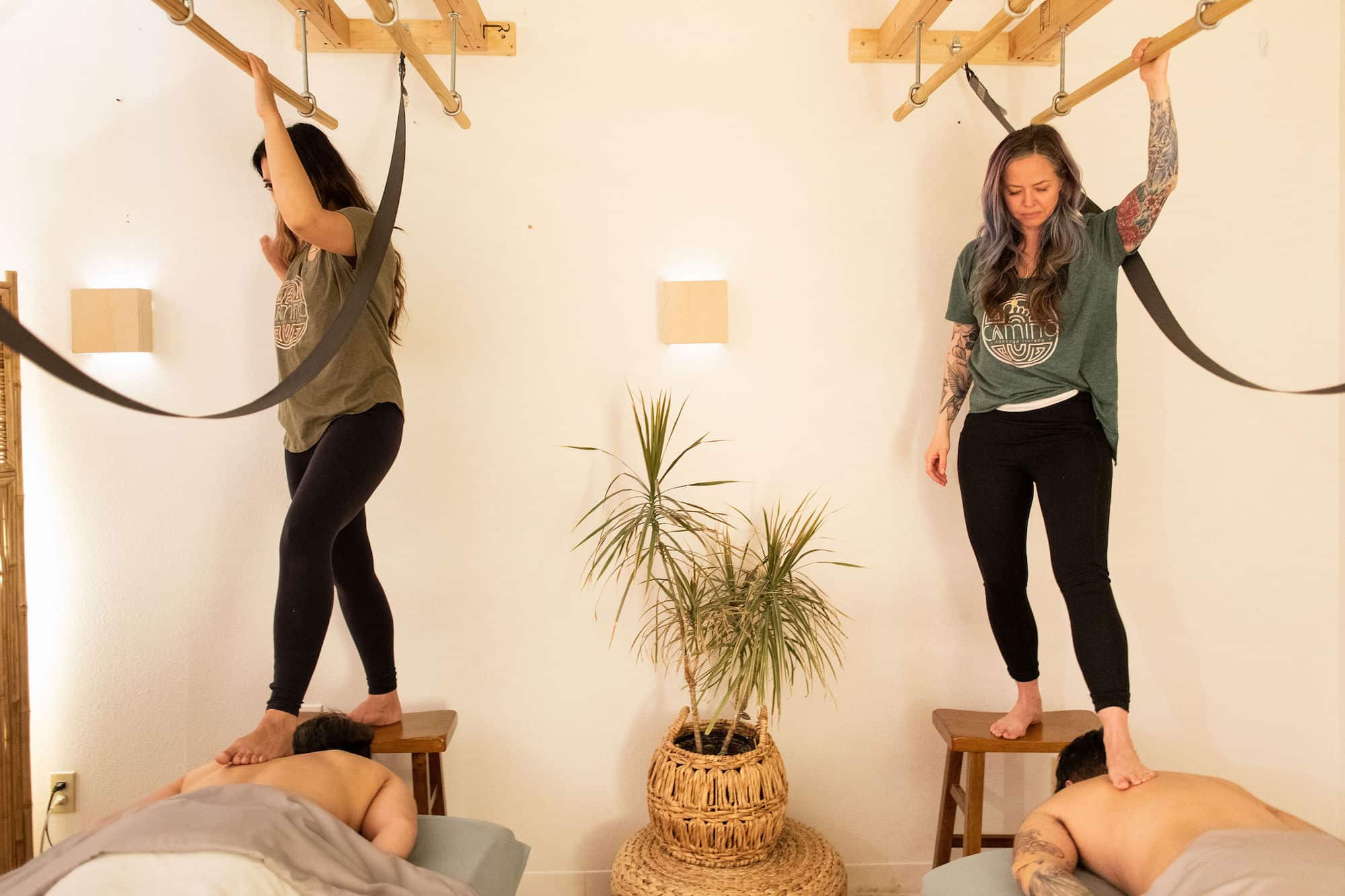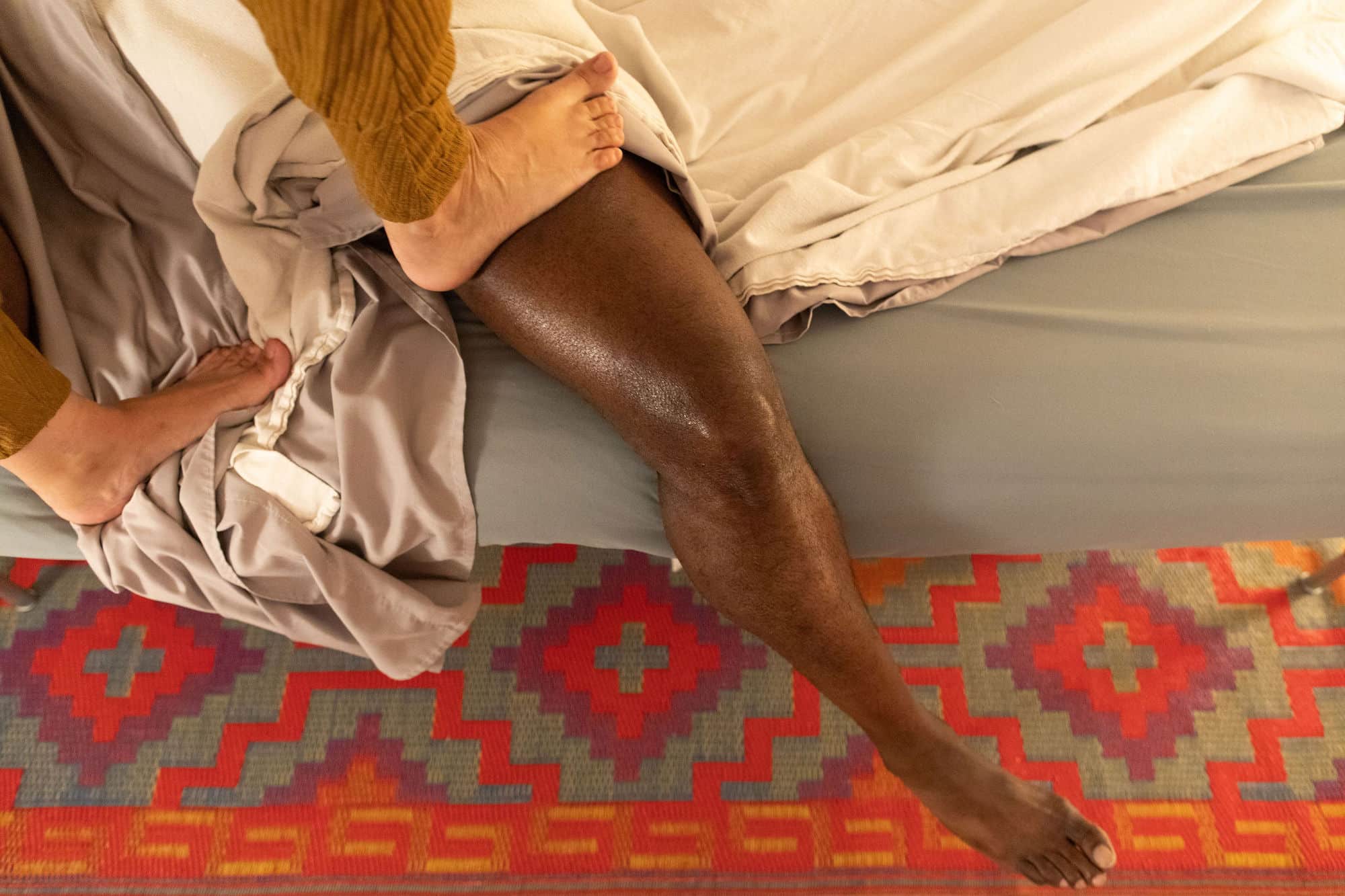With the sedentary lifestyle becoming more and more prevalent, muscle injuries are also becoming commonplace. As we age, not only are those injuries increasing but our range of motion is limited.
Range of motion, which is often shortened to ROM, refers to how much joint and muscle movement you have. How much flexibility you have in your joints will differ from person to person, with one study conducted by the CDC revealing that your ROM can be influenced by your gender, age and lifestyle.
How Limited Range of Motion Affects You
There are a few different reasons range of motion may become limited, but a sedentary lifestyle is a large contributing factor. Sitting at our desks for hours at a time in the same position for hours on end causes our muscles and joints to tighten up, leading to the feeling of being “stiff.” This stiffness often results in prolonged soreness and pain.
What is actually happening is the muscles are contracting and shortening. As a result, it puts pressure on the joints associated with the bones those muscles are attached to. All of this combined is what causes a reduction in your range of motion.
You may experience a limited range of motion if you suffer from:
- Back pain
- Frozen shoulder
- A pulled muscle
- Thoracic Outlet Syndrome
- Piriformis Syndrome
- Carpal Tunnel
- Other conditions
How You Can Improve Your Range of Motion
Range of motion improvement is thankfully not outside of your day-to-day wheelhouse. It is more than possible to improve ROM and flexibility so that you reduce pain and others issues associated with tightness. Here are the top seven we recommend.
1. Warm Ups Before Your Workouts
You shouldn’t be stretching before workouts, but you should be doing light warmup exercises intended to get your body relaxed and ready. Loose, primed muscles move easier, giving you an improved range of motion — the reduced risk of injury isn’t half bad either.
2. Keep Your Stress Down
Stress forms knots and keeps muscles tense, the absolute last thing you want to deal with when a full range of motion is your goal. While it’s not always possible to control all of life’s little curveballs, you should make relaxing and keeping a healthy mindset a priority — for your physical health, as well as your mental health. Don’t be afraid to try herbal teas, aromatherapy, anything to help you clear the noise from your head before you exercise.
3. Keep Hydrated
Not getting enough water can cause cramps and a wealth of other health problems, which in turn will restrict your motion. Furthermore, you’re more likely to injure yourself testing the limits of your range of motion if you’re dehydrated, so don’t get too exploratory unless you know you’ve had plenty to drink.
4. Push Exercising to Your Limit
Once you get started on your exercises, you need to actually flex and push the limits of what your body can do. Don’t overdo it—you’re not looking to strain, sprain, or tear anything. Just push yourself a little past comfortable, and take every motion to its fullest depths; squats below parallel, etc. If you artificially restrain your movements during exercise, your body is going to learn to develop around those limitations and minimize your flexibility.
5. Breathe Correctly
Improper breathing technique can greatly limit your motion, especially when you’re under strain and breathing heavily. You want to focus on moving your diaphragm and filling and emptying your lungs — your ribcage doesn’t and shouldn’t move much for this, even taking full, deep breaths.
6. Post-Workout Stretches
Stretching before workouts is a bad idea — but a follow-up stretch routine is one of the best ways to improve your motion, so make sure you plan one and keep up with it after you’ve finished the rest of your exercise plan. It might also help you recover faster and relieve post-workout muscle pain, so there’s plenty of other reasons to consider stretching.
7. Deep Tissue Massages
Deep tissue massages are a great follow-up to exercise for a host of reasons, range of motion issues included. If you can’t or don’t want to invest in having someone else massage you, you can always get similar results with a massage tool — or even a rigorously applied tennis ball, for the budget-conscious. However, we can’t minimize the benefit regular massage provides to you, especially if exercise and stress are constantly part of what you encounter daily. You need to be relaxed and reduce lactic acid buildup.
. . .
There are all kinds of opportunities and ways to improve your range of motion. If you’re looking for additional suggestions on how to improve flexibility or are looking to schedule a massage to relax your muscles, give Camino Massage a call today!


